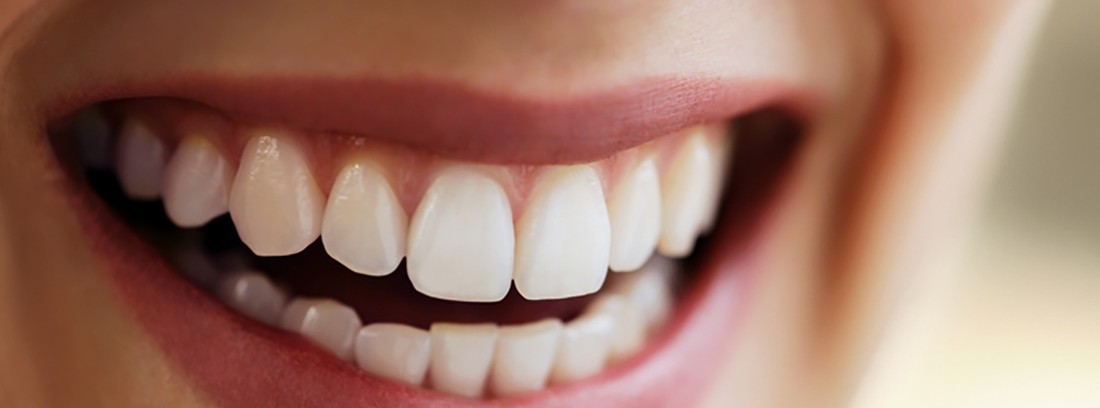The periodontium

What is the periodontium?
The periodontium is the set of tissues that surrounds and supports the teeth. These tissues are the gingiva, the periodontal ligament, the alveolar bone and the root cement.
The gum
It is made up of a keratinized epithelium on its surface. It covers the maxillary and mandibular bones, where the teeth are embedded. It also surrounds the lower part of the crown of the teeth. It is attached to the neck of the tooth by a tissue called the junctional epithelium and collagen fibers. Healthy gums have a light pink color and a more or less intense stippling on its surface. It is an element that intervenes in the aesthetics of our mouth and smile.
The periodontal ligament
It is a set of collagen fibers arranged in different directions that join the cement of the tooth with the bone. In addition, in the periodontal ligament there are undifferentiated cells, vessels and nerve endings. Its functions are as follows:
- Resist the displacement forces that are exerted on the tooth thus preventing the teeth from moving.
- Tooth eruption and support, facilitating the tooth to reach its correct final position in the mouth.
- Maintenance and repair of the alveolar bone and the cementum that surrounds the tooth root through undifferentiated cells.
- Mechanoreception through receptors that receive information on the position and placement of the tooth in the bone. They intervene in this way in the control of chewing.
Alveolar bone
Portion of the jaws on which the teeth rest. The dental roots sit in cavities in the maxillary bones called dental alveoli. The alveolar bone is attached to the root cement of the tooth by the periodontal ligament.
Root cement
Cement is a thin layer of calcified tissue that covers the dentin of the root. Its maximum thickness is reached at the end ends of the roots and at the furcation or junction area of the different roots of the same tooth. The minimum thickness would be at the level of the dental neck.
Its main function is to provide insertion to the collagen fibers of the periodontal ligament.
(Updated at Apr 14 / 2024)